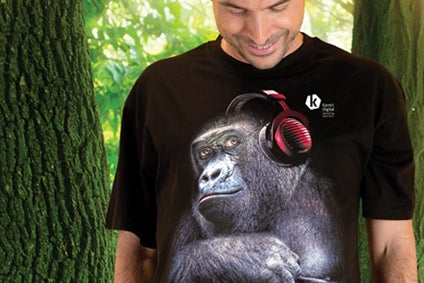
GREEN IS STILL THE NEW BLACK
What does it mean to be green? Being green has broken from the boundaries of the basic definition and expanded, becoming a broad philosophy that also includes the soul. A calm soul enables a convenient and comfortable mental climate that can be merged with the materialistic world as well. Green is a balanced, calmer, and saner lifestyle. We are more aware and self-conscious; we do not want to waste water and electricity, discard leftover food, pollute, or consume toxins. The community is more important to us than ever before.
Beyond cost saving we care not to waste water because of the impact it has on the environment and its natural resource. The data about global warming and the disasters it portends are not new to us. What is new is the way we feel about it and observe its influence. Severe storms, a significant increase in fires, and radical climate changes all inspire and push us to exercise more wellness trends.
CONSUMERS LOOKING FOR SUSTAINABLE FASHION
In today’s world, the number one environmental risk factor in textiles is water pollution. The amount of water currently used, wasted, and polluted is huge: The water used in conventional dyeing and textile print processes could fill the Mediterranean Sea every two years.
The textile and fashion industries have considerable power and influence; soon enough, more and more companies will become sustainable. We will feel the change in our lives in a more meaningful way. Sustainability is one of the key trends today, and public awareness for a better and greener planet is rising. The textile industry shift towards digital printing aligns with reducing its environmental impact. Companies like H&M and Zara, seen as change leaders in the fashion industry, have committed to adopting more sustainable production. In the home design market companies like IKEA are beginning to introduce a growing variety of recycled products; a kitchen made of recycled bottles is one prime example.
BEST PREACTICES FOR SUSTAINABILITY IN TEXTILE PRODUCTION
Currently 50% of our textile material is either organic or recycled. This number is expected to reach 100% by 2030. To get to that level of sustainability, there is an urgent need for on-demand manufacturing.
The following are recommended best practices to implement sustainable processes:
- Reconsider the cycle of fashion. How many collections do you really need?
- Adopt sustainable manufacturing: zero water use, reduced waste, reduced carbon footprint
- Support an on-demand production business model
- Transform your supply-chain to make it responsible, transparent, lean, and shorter
- Nearshoring – bring production back home for better control resistance to global changes. Local production allows shorter runs, reduces inventory, and reduces transport pollution (aerial and maritime),
- Simplify your supply-chain. The more complex your supply-chain, the harder it is to keep track of emissions, labour, waste etc.
- Prioritize traceability for tracking each step of your supply chain.
- Be accountable not only for your workplace but also for your suppliers’ practices. Make sure they comply with sustainability measures.
Social and environmental sustainability is becoming the new norm. Customers expect more from brands. They care more about quality, value, and sustainability. Before their next purchase, they want to know where the fashion comes from and that it is ethically and eco-friendly manufactured.
